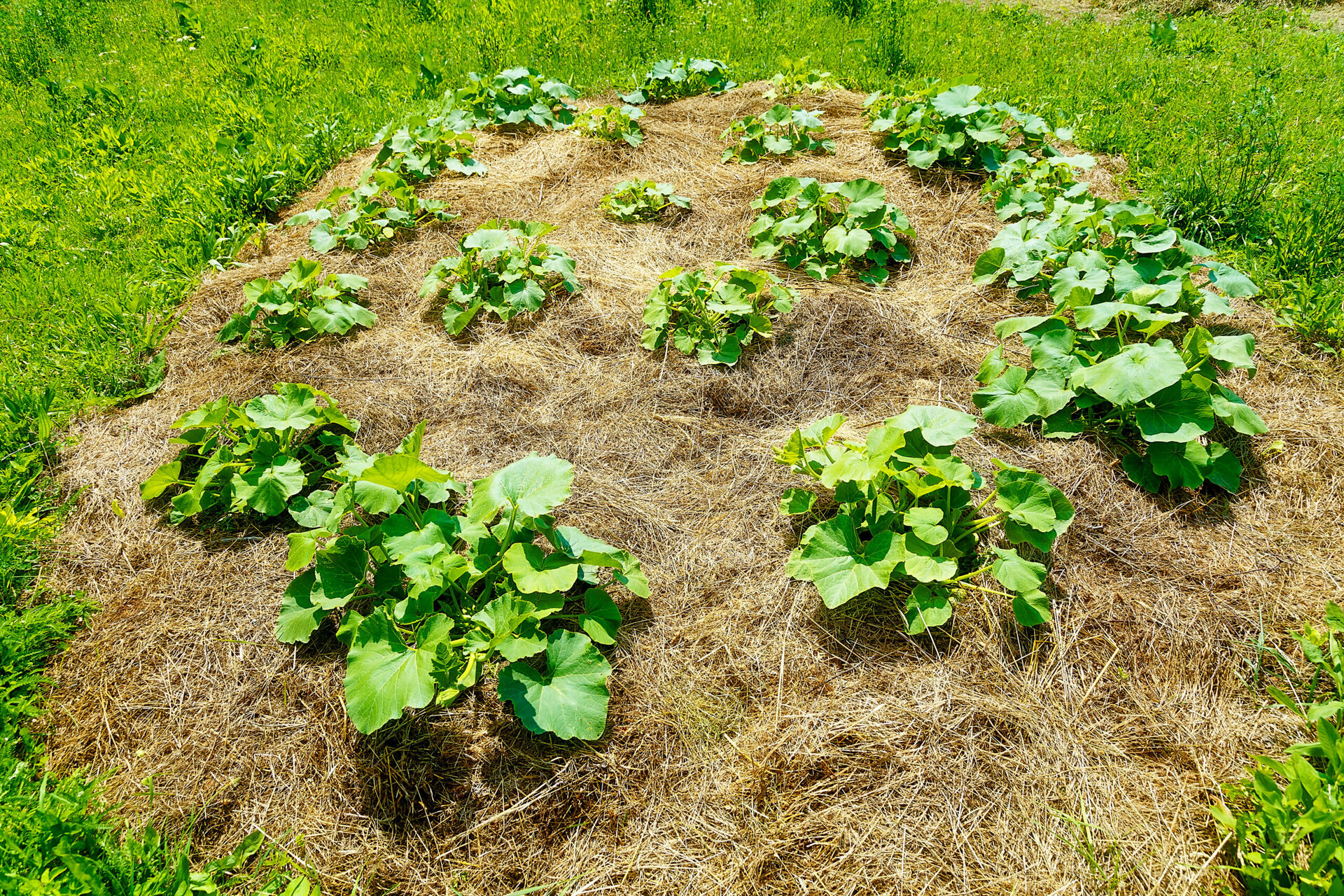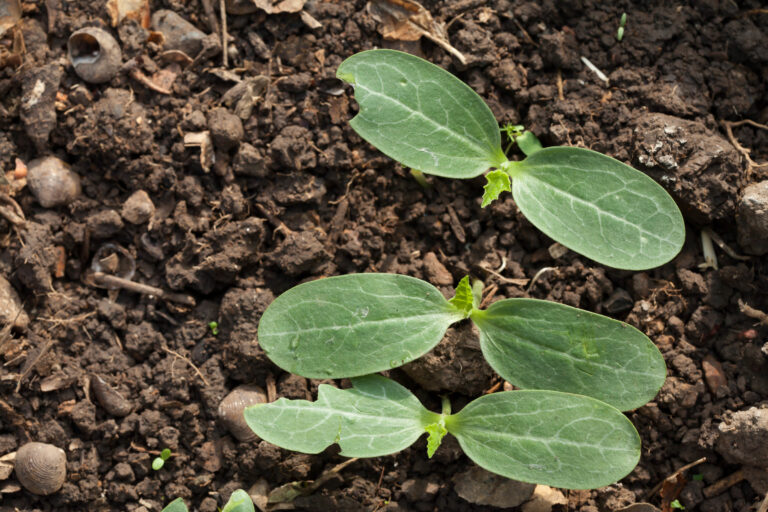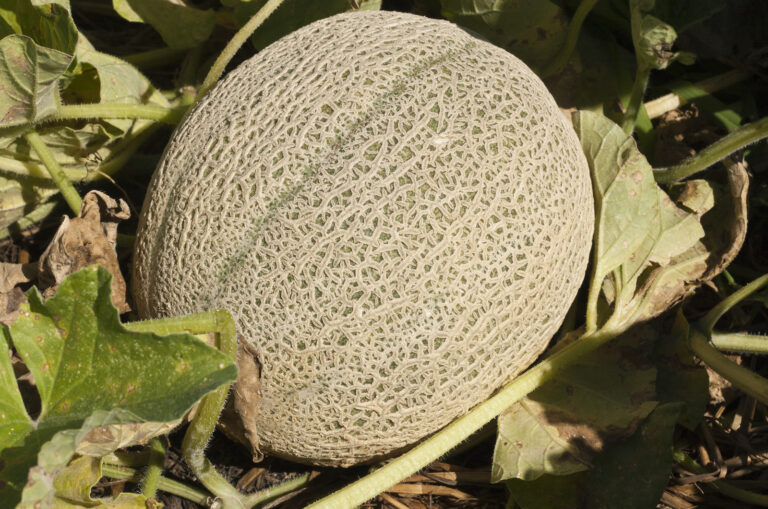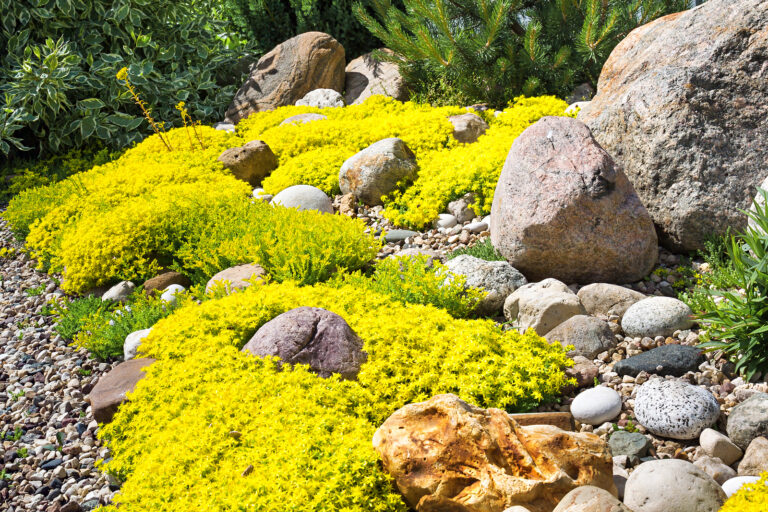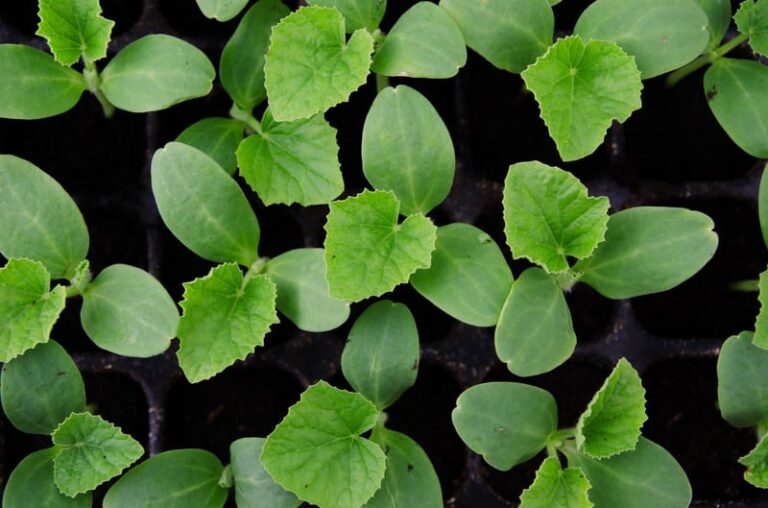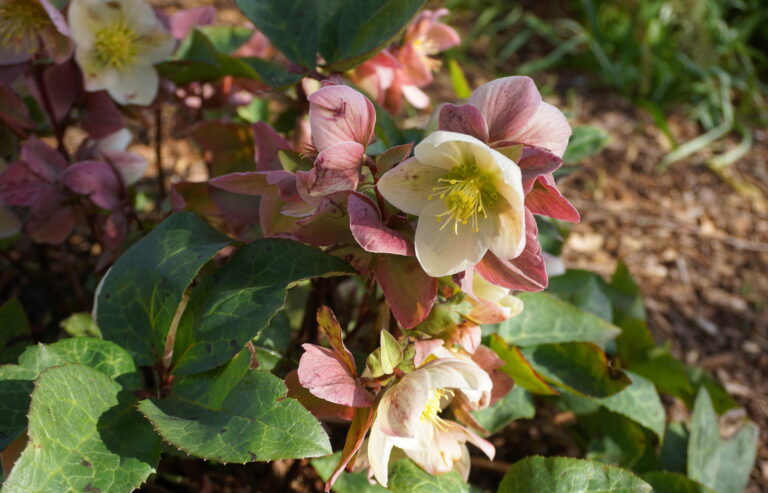Best Soil and Location for Growing Melons
After three decades of growing melons—muskmelons, cantaloupes, and watermelons—in hot inland valleys and cooler coastal gardens, I’ve learned that nothing influences melon success more than soil warmth, drainage, and sun exposure. In this guide, I’ll show you exactly how to prepare your melon beds and choose the best garden location, based on both horticultural best practices and my hands-on experience.
Why Location Matters
Melons are sun-loving, heat-demanding crops. They need:
- Full sun (at least 8 hours daily)
- Good air circulation to reduce disease risk
- Warm, dry soil to grow uninterrupted and sweeten fully
In my garden, I never plant melons in partial shade or poorly drained spots—they simply don’t thrive.
Best Soil for Melons
Melons grow best in loose, loamy, well-drained soil that is rich in organic matter.
My Proven Soil Preparation Method:
- Dig planting holes or trenches 12–18 inches (30–45 cm) deep and wide.
- Amend heavily with:
- Aged compost (several inches)
- Aged manure or organic vegetable fertilizer
- Optional: A handful of bone meal for phosphorus
- Soil pH should be 6.0 to 6.8. If you’re unsure, use a pH test kit before planting.
Melons hate “cold feet.” In soggy or compacted soil, they sulk. That’s why I always choose raised beds or planting mounds, even in flat gardens.
How to Warm the Soil Before Planting
Melons germinate and grow best in soil temperatures above 70°F (21°C). To pre-warm the soil:
- Cover prepared beds or mounds with black plastic sheeting or permeable black landscape fabric for 10–14 days before sowing.
- Cut x-shaped slits in the fabric to transplant or sow seeds.
This technique works beautifully in my Sonoma Valley beds, where spring nights stay cool. You’ll see faster growth and earlier harvests.
Spacing and Layout Tips
Plant melons in raised hills or mounds to improve drainage and soil warmth:
- Muskmelons: Space hills 4 to 6 feet (1.2–1.8 m) apart
- Watermelons: Space hills 6 to 12 feet (1.8–3.6 m) apart
- Thin to 2–3 plants per hill, or fewer for the best fruit quality
You can also grow melons up trellises to save space and improve air flow—just be sure your support is sturdy and anchored.
Final Tips from Garden
- In early spring, I mix native garden soil with store-bought vegetable planting mix for a loose, fertile growing medium.
- I’ve had great success using black landscape fabric—it warms the soil while keeping weeds down and fruit clean.
- Avoid clay-heavy soils unless deeply amended with compost and sand.
Melons Overview: The Ultimate Guide to Growing Melons: From Planting to Harvest
Watermelons: How to Grow Watermelons from Seed to Harvest: Ultimate Guide for Sweet, Juicy Success
Related Posts:
Planting & Growing Basics
- When to Plant Melons for the Best Harvest
- Best Soil and Location for Growing Melons
- Planting and Spacing Melons Step-by-Step
- Growing Melons on Mounds and Hills: A Proven Method for Stronger Plants and Sweeter Fruit
Care & Maintenance
- Watering and Feeding Melons for Maximum Sweetness
- Caring for Melons Through the Season: A Practical Guide
- Melon Pollination: How It Works and When to Lend a Hand
- Melon Pests and Diseases: Identification and Control
Space-Saving Techniques
- Melons in Small Spaces: Container Growing Made Easy
- Growing Melons Vertically: Save Space and Boost Harvests
- Trellising Cantaloupes: Why and How
Ripeness & Harvesting
- How to Tell When Melons Are Ripe
- How to Know When Cantaloupes Are Ripe: Slip Stage and Other Signs
- The Gardener’s Guide to Harvesting and Storing Melons for Peak Flavor
Melon Types & Varieties
- Summer Melons vs Winter Melons: Know the Difference
- Growing Gaila, Honeydew, and Crenshaw Melons
- Best Cantaloupe Varieties for Home Gardens
Enjoying the Harvest

